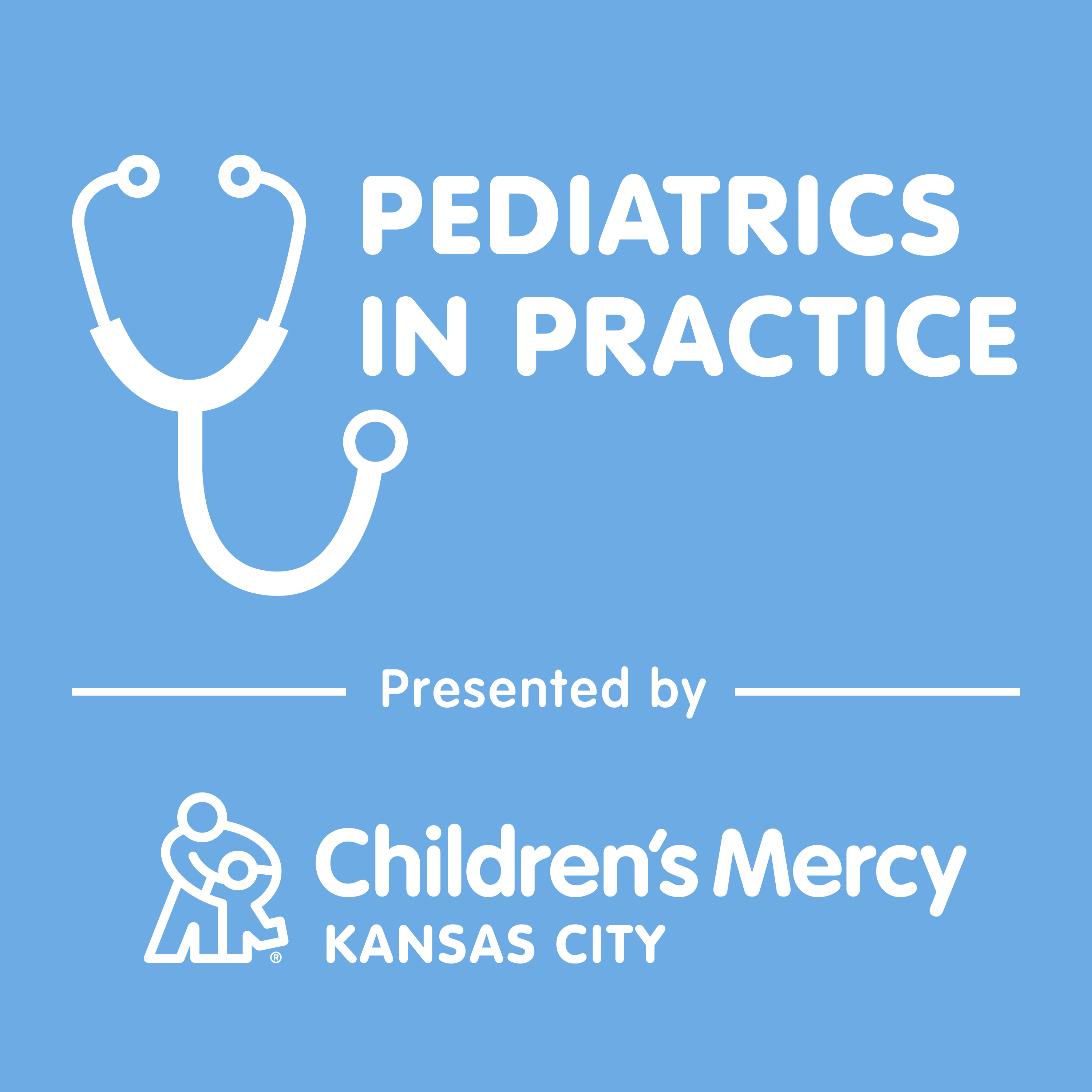EMS Timely Tips: Pediatric Drowning
Description
Every summer children and families are drawn to oceans, pools, ponds, lakes, rivers, or streams for entertainment and exercise. As prehospital providers know all too well, fun events and gatherings near bodies of water can turn into an emergency setting in an instant.
Although drowning injuries can affect anyone, according to the CDC, children ages 1-4 have the highest drowning rates, with most occurring in swimming pools. Fatal drowning is the 2nd leading cause of unintentional injury death for children ages 1-14 with the 1st leading cause being motor vehicle crashes.
The risk for moderate to severe neurological complications and long-term disabilities are concerns for survivors of non-fatal drowning incidents. Whether in the hospital or prehospital setting, management of the pediatric drowning patient should aim to identify and treat complications, as well as prevent further anoxic injury.
More Episodes
Dr. Grace Mitchell discusses the latest pediatric radiology trends and technology.
Published 08/12/22
Published 07/25/22
The national Asthma Education and Prevention Program (NAEPP) published the first expert panel report on the diagnosis and management of asthma in 1991. A comprehensive revision was published in 1997, and an update in 2002. the EPR 3 was published in 2007. The most recent guidelines, published in...
Published 07/11/22


